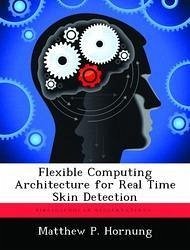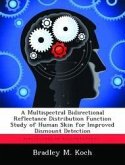In both the Air Force and Search and Rescue Communities, there is a current need to detect and characterize persons. Existing methods use red-green-blue (RGB) imagery, but produce high false alarm rates. New technology in multi-spectral skin detection is better than the existing RGB methods, but lacks a control and processing architecture to make them efficient for real time problems. A number of applications require accurate detection and characterization of persons, human measurement and signature intelligence (H-MASINT), and SAR in particular. H-MASINT requires it for the detection of persons in images so other processing can be performed. It is useful in the SAR community as a method of finding persons partly obscured, in remote regions, and either living or deceased. We have developed a modular computing architecture to perform the acquisition and processing in real times, as well as separate programs to perform processing and analysis of images post-acquisition. The architecture is flexible, as one can easily add additional functionality to meet growing demands. All programs were organized using a basic Model-View-Controller design, designed using Universal Modeling Language principles, and coded using a bottom-up approach. Based on the results we have presented in this thesis, image acquisition, processing, skin detection, viewing, and saving can be performed in real time, at nearly 10 fps. Not only does this support the SAR community, the Air Force now has a new capability to help address its H-MASINT mission.
Hinweis: Dieser Artikel kann nur an eine deutsche Lieferadresse ausgeliefert werden.
Hinweis: Dieser Artikel kann nur an eine deutsche Lieferadresse ausgeliefert werden.








